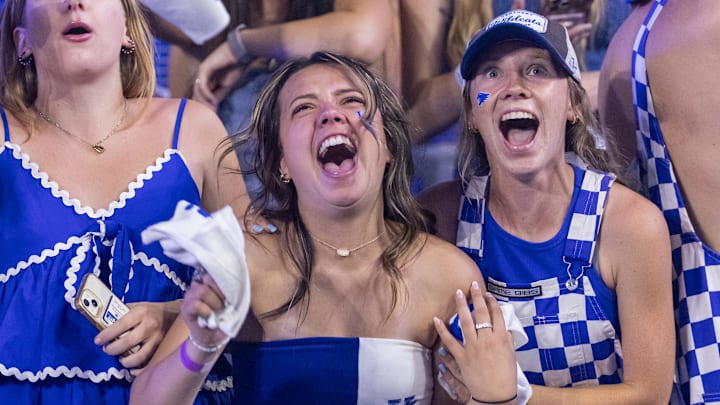What media rights are in layman's terms
Kentucky Athletics made headlines with a massive $465 million extension to its partnership with JMI Sports, locking in the deal through 2040. But what does that really mean for the average fan?
In the simplest terms, a media rights deal is how a school sells the ability to use its brand. JMI Sports is essentially the middleman — they handle sponsorships, advertisements, and corporate partnerships that put logos on scoreboards, names on facilities, and promotions in game programs. In return, JMI brings in the money, and UK gets a big cut of it.

This also means JMI will basically be in control of everything you see in the media about Kentucky. They will continue to pick the announcers for the radio, and now they get to sell even more ad space to anyone wanting to invest.
This new agreement goes far beyond “just ads.” It wraps everything up with a neat little bow:
Multimedia rights – Who can show UK’s highlights, use its logos, and appear in official broadcasts. This will impact NIL and social media creations.
NIL strategy – Helping student-athletes connect with businesses for endorsements in a way that works alongside the university.
Naming rights – Think Kroger Field or Rupp Arena — big brands paying to put their name on major facilities.
Fan experience upgrades – More interactive events, better in-game entertainment, and potentially new tech like app-based rewards or seat upgrades.
The Champions Blue Board of Governors approved the deal, signaling full support from the top. For UK, this means financial stability for the next 15 years — stability that can fuel everything from recruiting budgets to stadium renovations.
Bottom line? This is about keeping Kentucky competitive in an arms race where facilities, branding, and fan engagement matter just as much as wins.
